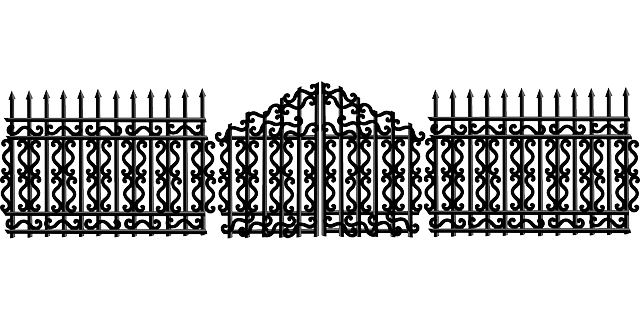Large properties present unique fencing challenges, demanding solutions that balance aesthetics, security, and affordability. This article explores cost-effective fencing solutions tailored for expansive landscapes, focusing on materials, designs, installation best practices, and maintenance strategies. By understanding the specific needs of large properties, we’ll guide readers through sustainable and economical options, ensuring both durability and visual appeal. From selecting robust materials to efficient installation techniques, this comprehensive approach promises long-term savings and enhanced property values.
- Understanding Large Property Fencing Needs
- Cost-Effective Materials and Designs
- Installation Tips for Longevity and Efficiency
- Maintenance and Long-Term Savings Strategies
Understanding Large Property Fencing Needs
Fencing a large property presents unique challenges compared to smaller plots. The sheer size means longer fence lines, demanding durable and robust materials that can withstand potential stress from wildlife or mischievous trespassers. Furthermore, aesthetics play a significant role; homeowners often seek fences that complement their property’s natural beauty rather than overpower it.
Large properties also require fences that offer privacy while allowing for open, unobstructed views in certain areas. This balance between security and visibility necessitates thoughtful design and strategic placement of fencing materials, ensuring both functional and aesthetic harmony throughout the expansive landscape.
Cost-Effective Materials and Designs
When it comes to fencing large properties, cost-effectiveness shouldn’t compromise quality or durability. Modern materials offer a range of affordable options that are both sturdy and visually appealing. Vinyl fencing, for instance, is a popular choice due to its low maintenance requirements and competitive pricing. It’s available in various styles, from traditional picket fences to more contemporary designs, allowing homeowners to enhance their property’s curb appeal without breaking the bank.
Additionally, wooden fences remain a cost-effective option, especially when opting for treated lumber. These materials provide excellent longevity and can be tailored to different preferences, offering both privacy and an attractive natural look. The right design choices, such as simple post and rail fences or more intricate patterns, enable property owners to achieve their desired aesthetic while keeping costs manageable.
Installation Tips for Longevity and Efficiency
When installing fencing for large properties, several tips can ensure longevity and efficiency. First, plan the layout carefully to minimize material waste and maximize the use of resources. Proper measuring and design will not only save costs but also enhance the overall aesthetic appeal. Secondly, choose materials that are resistant to weather conditions and local environmental factors, such as rust-proof metal or durable vinyl. Regular maintenance, including cleaning and inspecting for damage, is crucial to prolonging the fence’s life.
For efficient installation, consider hiring experienced professionals who can handle complex terrain and large-scale projects. They employ techniques like post-hole digging using machinery to speed up the process while maintaining accuracy. Additionally, ensure proper anchoring of the fence posts to withstand strong winds and heavy loads, especially in areas prone to extreme weather conditions. Regular checks and adjustments will keep the fencing secure and functional for years to come.
Maintenance and Long-Term Savings Strategies
When considering cost-effective fencing solutions for large properties, it’s crucial to look beyond initial installation costs and focus on long-term maintenance and savings strategies. Regular cleaning, painting, or treating wooden fences is essential to prevent rot, insect damage, and premature replacement. For metal fences, removing rust and applying fresh coatings can extend their lifespan significantly.
One effective strategy is to opt for low-maintenance fencing materials like vinyl or PVC. These materials are resistant to rot, corrosion, and fading, reducing the frequency of repairs and replacement. Additionally, choosing durable, high-quality installations from reputable suppliers ensures better long-term performance and value, saving you money over time.
